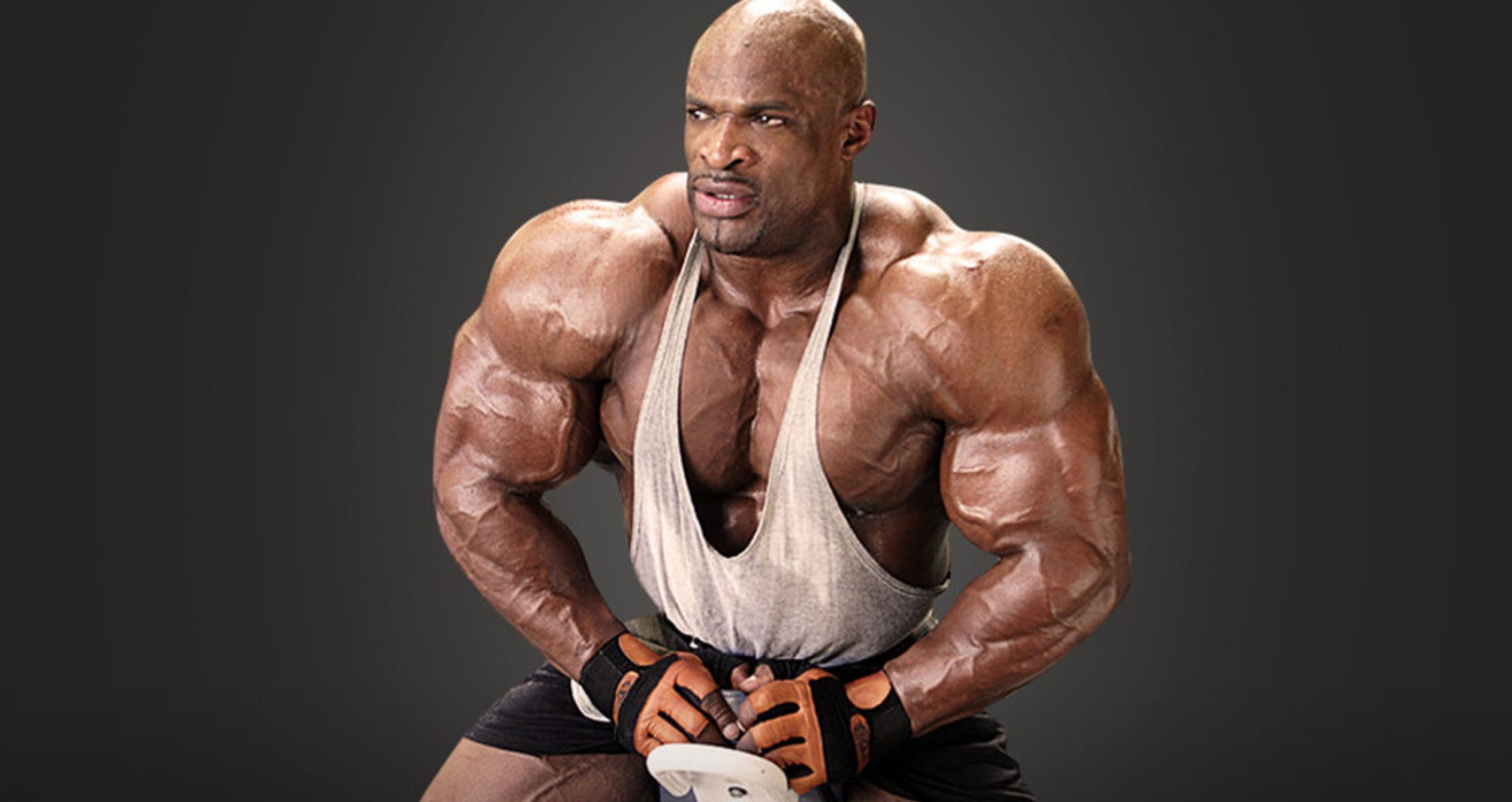A pause to the bench press increases isometric contractions for increased muscle growth.
The bench press is a powerful upper-body exercise known for building strength and muscle mass (1). It’s also incredibly versatile, allowing you to adjust the routine to target specific muscle groups more effectively. The traditional bench press primarily works the chest, triceps, deltoids, and core.
Consider variations like the incline or decline bench press for greater muscle activation or an expanded range of motion (2). Grip position also plays a crucial role in shaping results. A narrow grip emphasizes the triceps, while a wider grip shifts the focus to the chest, with reduced shoulder involvement.
Another advanced technique to consider is the pause bench press. You increase muscle tension by briefly pausing during the movement, which can enhance hypertrophy and strength gains. Check out this article for a deeper dive into perfecting your bench press, including step-by-step guidance and tips to maximize your results.
Technique & Muscles Worked
Like the traditional bench press, the pause bench press targets the pecs, shoulders, arms, and core. The difference is that eccentric and concentric movements are applied during the reps. The pause places your target muscles under constant tension, stimulating muscle growth and strength. A study shows constant tension is essential for optimizing muscle growth (3).
The pause bench press is a more advanced form of bench pressing and is more difficult to perform. However, it produces worthwhile results. This form of bench pressing isn’t about how much you can bench but how much strength and endurance you can withstand during each rep. Pause bench presses also eliminate any form of momentum, thereby preventing cheating during your presses.
You can perform pause bench presses by slowly controlling eccentric and concentric movements and applying isometric holds. Depending on your preference, you let the bar touch your chest or keep it slightly above your chest and hold it for three to five seconds. This helps you not only build muscle but, ultimately, strength. A study shows that applying isometric holds like this can help reduce fatigue, strengthen joints, and improve strength (4).
Below is a comprehensive step-by-step guide to how to perform this exercise correctly.
- Lie on the flat bench, place your hand at shoulder-width length on the bar using an overhand grip, and drive your feet to the floor.
- Pull your shoulder blades back, put a slight arch in your back, and brace your core muscles.
- Next, lift the bar from the rack, fully extending your elbows and arms. This is your starting position.
- Take a deep breath and slowly lower the bar to touch your mid-chest slightly. Pause in that position for about three to five seconds while keeping full body tension.
- Next, initiate the upward press by driving your feet onto the floor, pressing up thoroughly with strength, and extending your elbows and arms to the starting position.
- Repeat this movement for a few more reps.
Benefits
The pause bench press offers many benefits due to the addition of isometric, which is the advantage of performing this exercise.
Builds Upper Body Muscles Faster
The pause bench press is similar to the traditional bench press. It builds the same upper body muscles, making it a staple upper bodybuilding exercise. However, the pause bench press helps build these same muscle groups faster. The increased time under tension is the reason for this.
Increases Strength
Studies show that isometric holds can help improve joint action, reduce fatigue, and increase strength. A pause bench press eliminates momentum at the bottom of your movement. So, it’ll require a lot of energy and strength to push up the weight for the upward movement. This, alongside the isometric hold, builds strength.
Improves Form & Activates Core Muscles
Activating your core helps maintain proper form and posture during the pause bench press. It also builds your core muscles, helping to prevent injuries caused by core weakness. Activating your core also helps improve your form in other upper body-building exercises.
Breaks Training Plateaus
The pause bench press is a challenging and advanced exercise to implement. So, if you’re an expert lifter looking to take your traditional bench press to the next level, this exercise is a great alternative. If you also find that you’re no longer progressing when doing the bench press, this routine is an excellent way to break through that plateau.
Pause Bench Press Alternatives
Pause bench presses are excellent for ultimate upper body gains. However, like any other exercise, consistently performing pause bench presses can also make you hit a training plateau. So, here are some alternative pause upper bodybuilding exercises that work similar muscles so you can vary your training.
Pause Push-Up
The pause pushup is a bodyweight exercise that builds similar muscles to the pause bench press. It’s a variation of the standard push-up in which you pause at the bottom of the movement. Push-ups strengthen the chest, triceps, delts, and core muscles.
Pause Chest Dip
Pause chest dips primarily work the chest. However, they also recruit the triceps, shoulders, abs, and obliques. Pausing at the bottom of the movement maximizes muscle activation in the target muscles, which is effective for hypertrophy.
Pause Dumbbell Fly
The pause dumbbell fly works on your triceps, anterior delts, and chest muscles. This is an excellent exercise if you want a deeper stretch in your chest. Another merit of this exercise is you can perform it unilaterally, allowing you to address any muscle and strength imbalances.
FAQs
Do paused reps build muscle?
Paused reps (isometric holds) are an excellent way to build muscle. Adding pause reps keeps the target muscles under more tension, like the pause bench press. This stimulates muscle hypertrophy faster than only doing the regular bench presses.
How long should I pause between bench presses?
The length of your pause during a pause bench press is key to boosting the proper growth. Ideally, you should apply isometric holds for about three to five seconds. The article above provides information.
What is the benefit of a pause bench press?
The pause bench press increases strength and muscle mass faster than the regular bench press alone. It’s also an effective exercise for breaking through training plateaus. For more benefits, kindly check the article above.
Follow Generation Iron on Instagram, Facebook, and Twitter for more exercise guides!
References
- Saeterbakken, A. H., Mo, D. A., Scott, S., & Andersen, V. (2017). The Effects of Bench Press Variations in Competitive Athletes on Muscle Activity and Performance. Journal of human kinetics, 57, 61–71. https://doi.org/10.1515/hukin-2017-0047
- Chaves, S. F. N., Rocha-JÚnior, V. A., EncarnaÇÃo, I. G. A., Martins-Costa, H. C., Freitas, E. D. S., Coelho, D. B., Franco, F. S. C., Loenneke, J. P., Bottaro, M., & Ferreira-JÚnior, J. B. (2020). Effects of Horizontal and Incline Bench Press on Neuromuscular Adaptations in Untrained Young Men. International journal of exercise science, 13(6), 859–872.
- Burd, N. A., Andrews, R. J., West, D. W., Little, J. P., Cochran, A. J., Hector, A. J., Cashaback, J. G., Gibala, M. J., Potvin, J. R., Baker, S. K., & Phillips, S. M. (2012). Muscle time under tension during resistance exercise stimulates differential muscle protein sub-fractional synthetic responses in men. The Journal of physiology, 590(2), 351–362. https://doi.org/10.1113/jphysiol.2011.221200
- Lum, D., & Barbosa, T. M. (2019). Brief Review: Effects of Isometric Strength Training on Strength and Dynamic Performance. International journal of sports medicine, 40(6), 363–375. https://doi.org/10.1055/a-0863-4539








